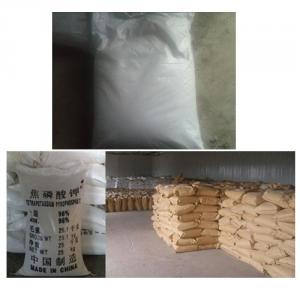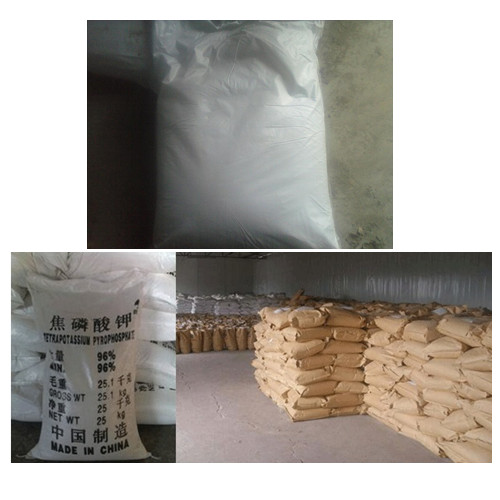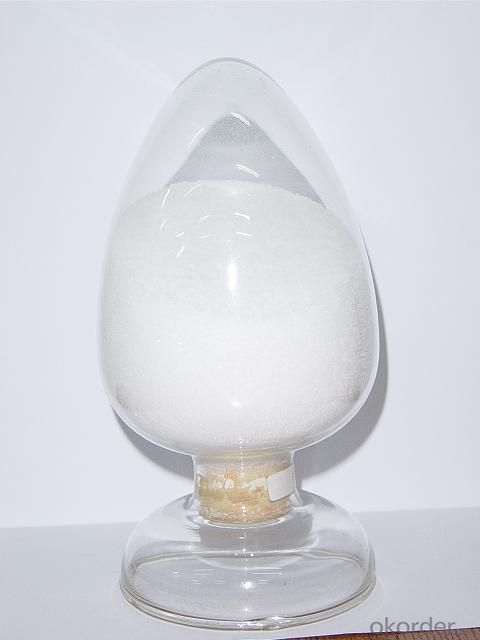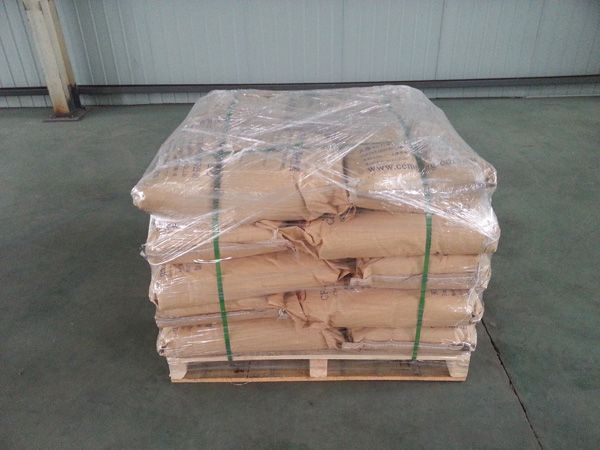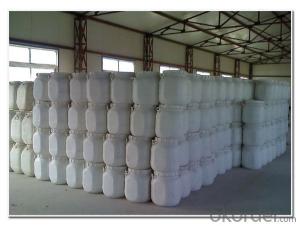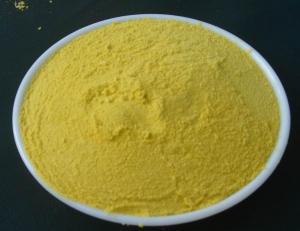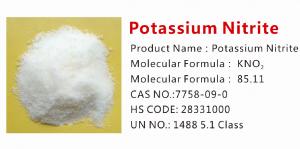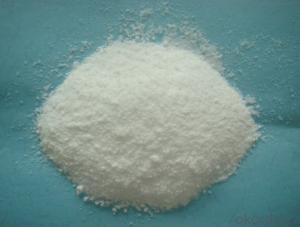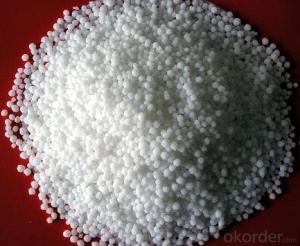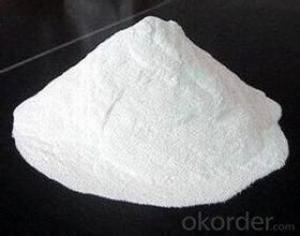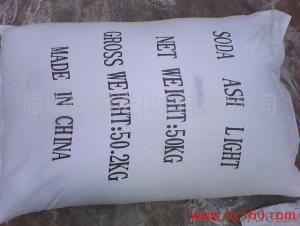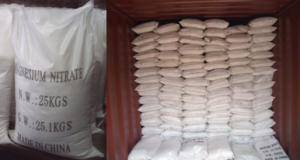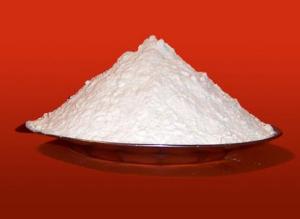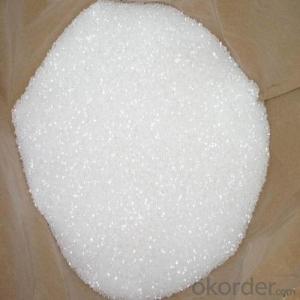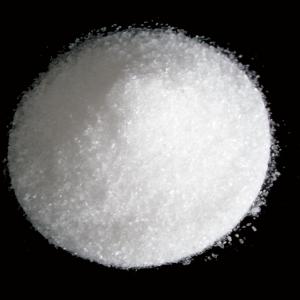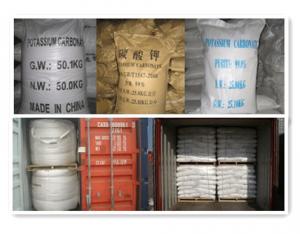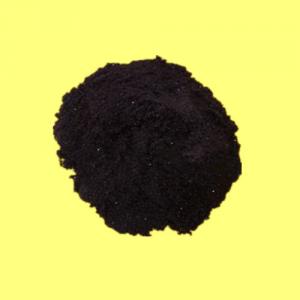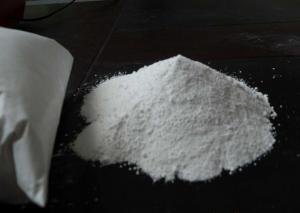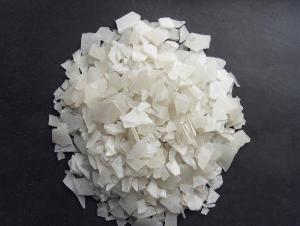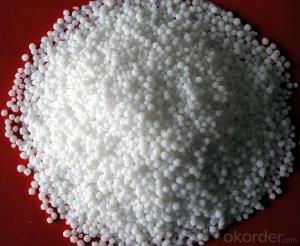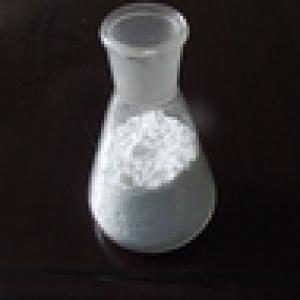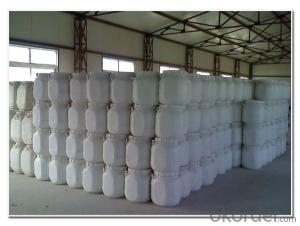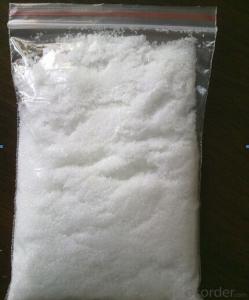Potassium Pyrophosphate Chemical Additive Powder
- Loading Port:
- China main port
- Payment Terms:
- TT OR LC
- Min Order Qty:
- 1000 kg
- Supply Capability:
- 500000 kg/month
OKorder Service Pledge
OKorder Financial Service
You Might Also Like
Potassium Pyrophosphate
Product Name: Potassium Pyrophosphate(TKPP)
Molecular formula: K4P2O7
Molecular weight: 330.34
CAS NO.: 7320-34-5
HS CODE: 28353990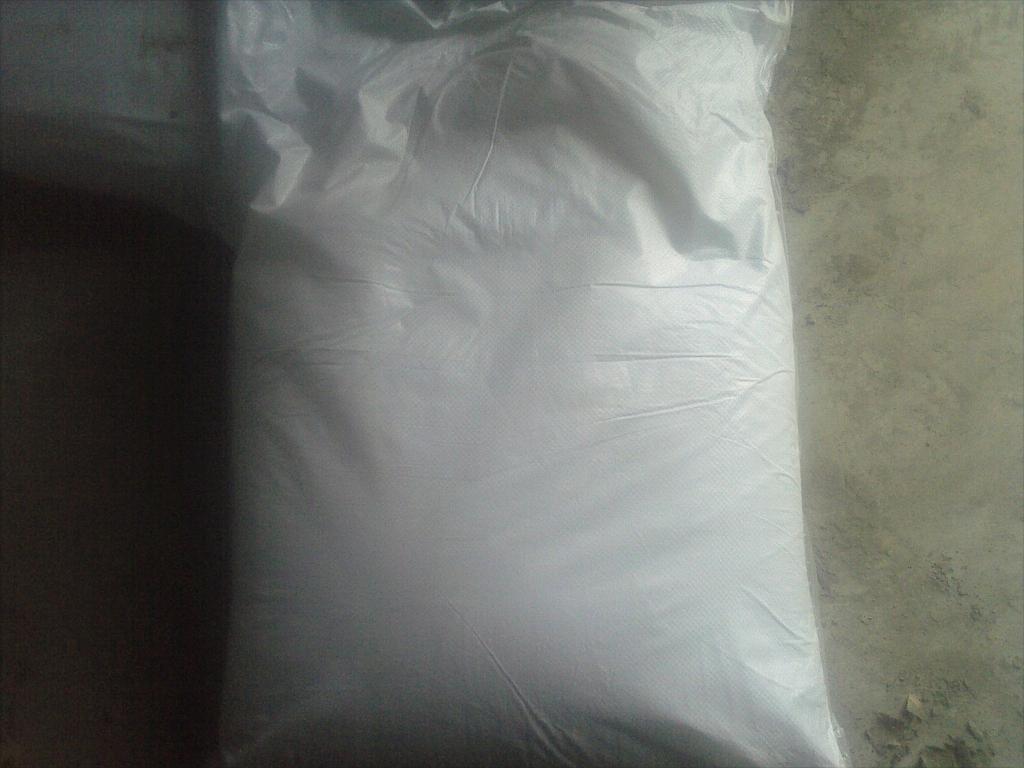
Properties:
potassium phosphate is in white powder. Relative density 2.534 and melting point 1109℃; It is apt to
absorb humidity in the open air to deliquescent; Soluble in water but insoluble in ethanol, and at 25 ,its
solubility in water is 187g/100g water; It can chelate with alkaline metals ions or heavy metal ions.
Specifications Electron Grade:HG/T 3591-1999
| INSPECT ION ITEM | UNIT | ELECTRON GRADE |
| Assay(K4P2O7) | ≥% | 98.0 |
| Iron | ≤% | 0.01 |
| Insoluble matter in water | ≤% | 0.10 |
| PH Value | - | 10.5±0.5 |
| Heavy Metals(as Pb) | ≤% | 0.003 |
| rtho Phosphate | Pass test |
Specifications Industrial Grade:ZB/TG 12006-88
| INSPECT ION ITEM | UNIT | FINE GRADE | FIRST GRADE | REGULAR GRADE |
| Assay(K4P2O7) | ≥% | 96.0 | 95.0 | 94.0 |
| Iron | ≤% | 0.03 | 0.05 | 0.10 |
| Insoluble matter in water | ≤% | 0.10 | 0.20 | 0.25 |
| PH Value | - | 10.0-10.7 | ||
| Phosphate | Pass test | |||
Packing :
25kgs woven bag lined with plastic bag or the demanding of customer.
Storage and transport:
It should be stored in a dry .ntilative and clean warehouse; kept away from moisture and hot, Furthermore, it should be stored
separately from poisonous substances.
Uses :
It mainly applied to electroplating without cyanate, industrial or household detergents; It can used as a buffering reagent as
well as stabilizer for hydrogen peroxide; It can also be used as dispersion agent for ceramic, clay, latex and pigments etc.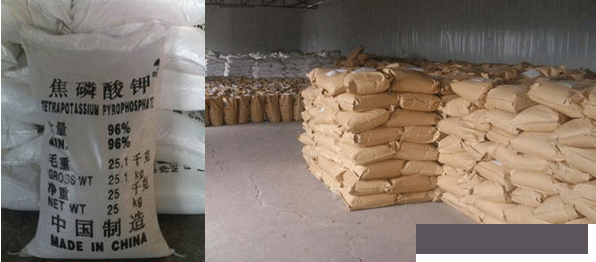
FAQ
1.Q: What is MOQ?
A: Our MOQ is 1 TON.
2.Q: Could you offer free sample?
A: We can provide free samples to you for quality testing.
3.Q: What about your packing?
A: For liquid: Flexitank, or IBC tank 1000L
For powder:Woven fabric bag with plastic film liner( 25kg or 1000kg)
Clients’ packing is workable.
4.Q: How about your productive capacity?
A: 150000 tons/Year.
5.Q: What is your delivery time?
A: Within 7 days after received deposit or L/C at sight.
- Q: What is the physiological function of inorganic calcium
- Maintain cell osmotic pressure and acid-base balance
- Q: How to add inorganic salts
- Helicobacter pylori can cause a variety of stomach problems, including gastritis, gastric ulcer, duodenal ulcer, non-ulcerative indigestion, gastric cancer. Therefore, the eradication of Helicobacter pylori has become an important measure for the treatment of modern gastrointestinal diseases. To identify patients with Helicobacter pylori infection, the clinical need for a high sensitivity, specificity, fast, simple, safe, inexpensive Hp diagnostic method, that is, carbon 14 breath test. The examination and painless, noninvasive, fast and simple, no cross the advantages of infection, experts at home and abroad have been recommended for the diagnosis of Hp gold standard, has been widely used in clinical practice.
- Q: What are minerals and trace elements?
- Minerals Trace elements are inorganic salts, which are widely found in nature - soil, sea water, animals, plants. It is to maintain the normal life of the human body indispensable. They are both the body of the composition, but also the activities of life participants and regulators, and therefore known as the elements of life, and they are the body can not synthesize their own nutrients.
- Q: The importance of water and inorganic salts to life is reflected in those aspects
- The role of water: 1. as a good solvent to dissolve nutrients and metabolic wastes, involved in the metabolism of body fluids. 2. To provide the water environment required for cell survival. 3. As some of the reaction of raw materials, such as photosynthesis, protein hydrolysis . 4. Is divided into the combination of water and free water constitute the two major forms of cells. 5. Plant to help carry out the role of transpiration heat
- Q: Cells are composed of water and inorganic salts or by organic matter and none
- There are also organic matter such as protein and lipid
- Q: I am a candidate for this year's Harbin City, Jiqiu the standard answer, tomorrow I will test !!!
- norganic salts are important for the structure of tissues and cells. Hard tissues such as bones and teeth are mostly composed of calcium, phosphorus and magnesium, and soft tissue contains more potassium. The inorganic salt ions in the body fluid regulate the permeability of the cell membrane, control the water, maintain normal osmotic pressure and acid-base balance, and help transport the general element to the body, participate in nerve activity and muscle contraction. Some are inorganic or organic compounds that are involved in many important physiologic functions, which are constituents of enzymes that make up enzymes, hormones, vitamins, proteins and nucleic acids, or as activators of various enzyme systems. For example: to maintain the heart and brain activity, to help the formation of antibodies, play a useful role in the human body.
- Q: What are the nutritional requirements for bacterial growth?
- The nutritional conditions required for bacterial growth generally include water, carbon, nitrogen, inorganic and growth factors
- Q: I am told to find which bottled mineral water brands contain the most mineral salts.But im not sure if the mineral salt here is talking about the common table salt (Sodium Chloride) or the chemical salt (ionic compounds such as sulfate and chloride) or the whole list of dietary minerals (potassium, chlorine, calcium, magnesium, ect.) I normally think it is just the table salt but im afraid I might get wrong. So what is the exact definition?
- Definition Of Mineral
- Q: What is the use of inorganic salts in plants? How is it discharged
- Not just light plants, for the body, the inorganic salts are essential. Can provide the necessary elements, including a large number of elements C, H, O, N, S, P, K, Ca, Mg. Trace elements Fe, Mn, B, Zn, Cu, Mo, Cl, Ni, etc. For plants, inorganic salts are also essential. The inorganic salts provide C, H, O are the essential elements of the constituents of the carbohydrate, N is the essential element that constitutes the protein, P is the essential element that constitutes ATP and DNA, and so on, including trace elements such as: B, Will cause the plants to flow only without fruit. These elements may be provided in the form of inorganic salts. So inorganic salts are necessary for plants. On the issue of discharge. Plants will use these elements, C, H, O synthetic carbohydrates, in the role of respiration when the decomposition of carbon dioxide and water to the nature of the. Plants also store oil and fat, protein, such as peanut oil and protein content is high. In general, the plant is the inorganic salt into organic matter and stored, through the decomposition of part of the organic matter to breathe in the form of other inorganic substances. Apoptosis is also the way in which the inorganic salts it absorbs are discharged in the form of organic matter. In general, the inorganic salts absorbed by the plant are discharged in the form of other inorganic substances (respiration) or in the form of organic matter (apoptosis). Plants will use these inorganic salts.
- Q: as a example potesium,sodium,magnees,calcium
- I'd okorder /
Send your message to us
Potassium Pyrophosphate Chemical Additive Powder
- Loading Port:
- China main port
- Payment Terms:
- TT OR LC
- Min Order Qty:
- 1000 kg
- Supply Capability:
- 500000 kg/month
OKorder Service Pledge
OKorder Financial Service
Similar products
Hot products
Hot Searches
Related keywords
